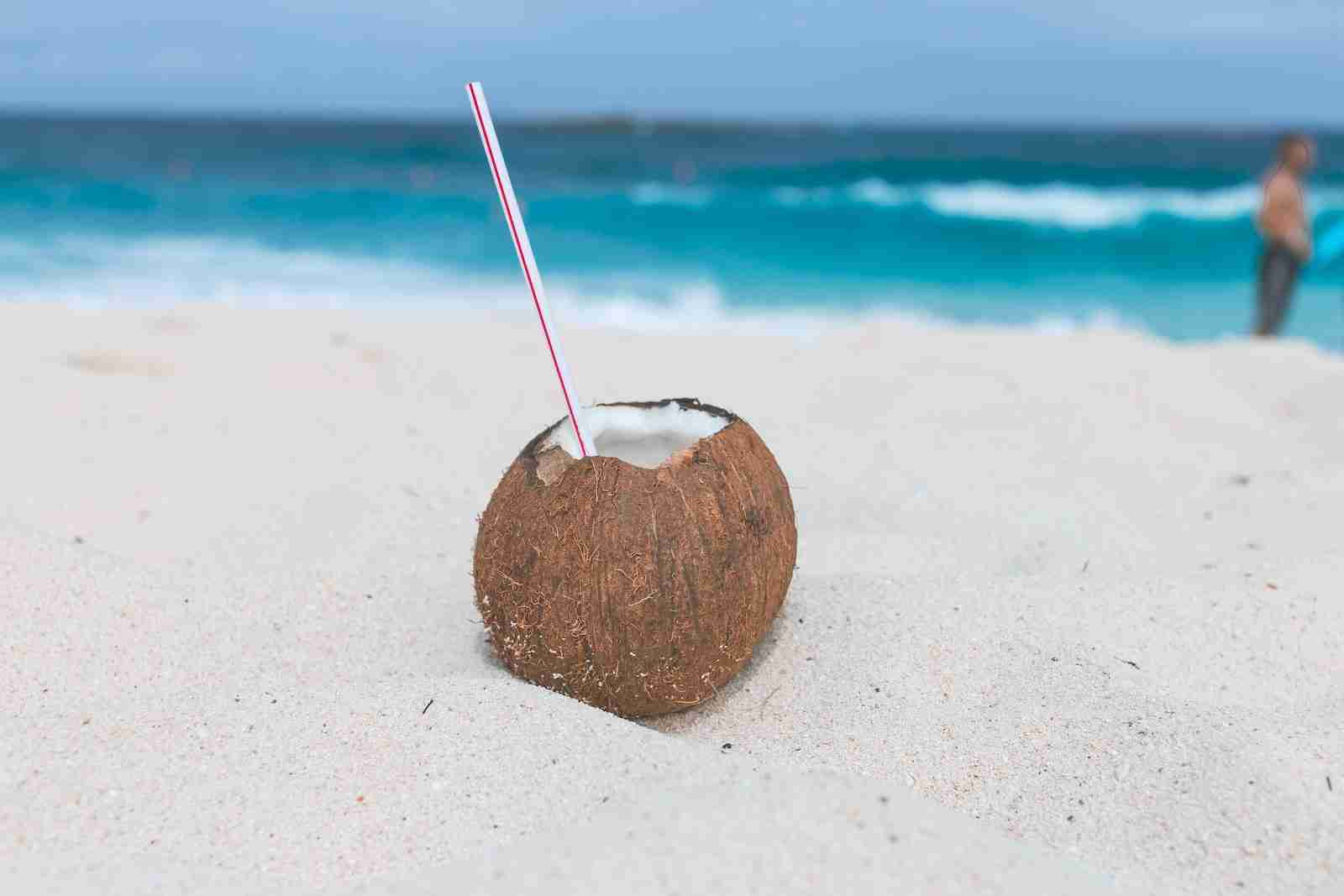25 Fun Facts About Coconut You Didn’t Know
1. In 2016, global coconut production surpassed 59 million tons.
In 2016, the world witnessed a remarkable milestone in coconut production, with a staggering output exceeding 59 million tons. This substantial volume of coconuts contributed significantly to various industries, including food, cosmetics, and agriculture, meeting the growing global demand for coconut-derived products.
The top producers, Indonesia, the Philippines, and India, played pivotal roles in this record-breaking achievement, leveraging their rich natural resources and agricultural expertise.
2. Coconut oil is a versatile ingredient that can be used in many ways.
Coconut oil serves many purposes in daily life. In cooking, it adds flavor and richness to dishes, whether used for frying, baking, or sautéing. It can also be drizzled over popcorn or used as a spread for toast. In skincare, coconut oil acts as a natural moisturizer, keeping skin soft and supple.
Coconut oil can be used as a gentle makeup remover, lip balm, or hair conditioner. Its antibacterial properties make it suitable for minor cuts and scrapes.
Its versatility also extends to household uses, such as polishing furniture or conditioning wooden cutting boards.
3. Burning coconut husks can serve as an effective insect repellent during outdoor activities.
Burning coconut husks can be a smart solution for keeping pesky insects at bay during outdoor gatherings or adventures. The smoke released from burning coconut husks acts as a natural repellent, helping to deter mosquitoes and other insects from bothering you and your companions.
This eco-friendly method not only provides protection against bites but also, with its pleasant aroma, enhances the ambiance of your outdoor experience.
4. Coconuts can be used as an emergency blood transfusion.
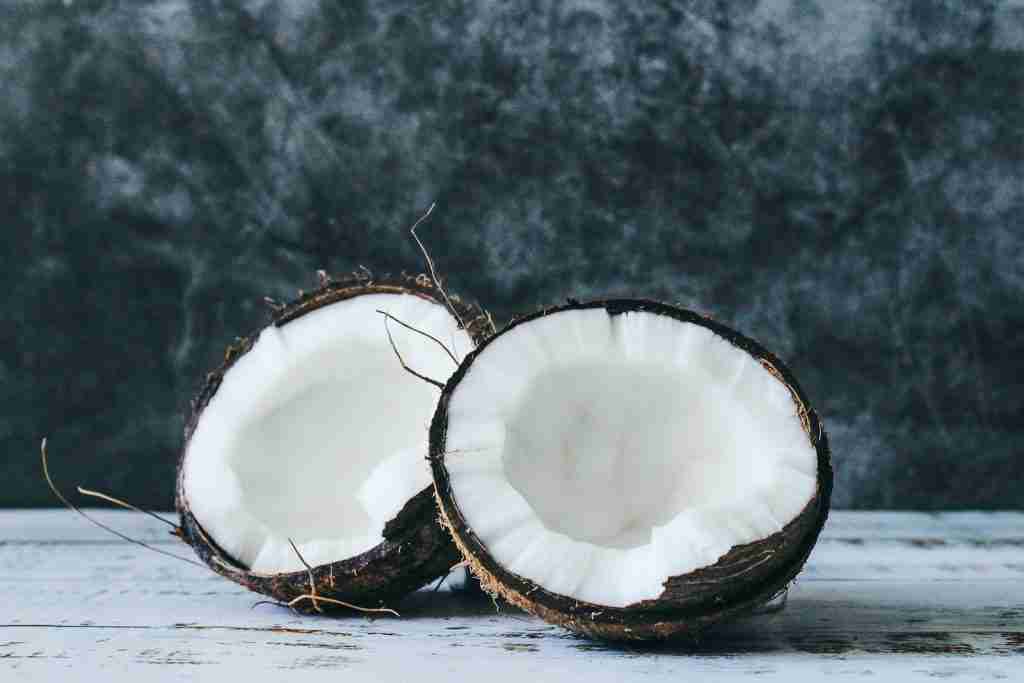
In remote areas without access to medical supplies, coconut water can be used as a substitute for intravenous fluid due to its high electrolyte content.
During World War II, coconuts were used as a source of emergency transfusions for wounded soldiers.
5. Indonesia, the Philippines, and India are global coconut producers.
Indonesia, the Philippines, and India are major players in the global coconut industry, collectively contributing to approximately 72% of the world’s total copra production. Notably, Indonesia and the Philippines are also the primary exporters of coconut oil worldwide.
In 2022, Indonesia led the pack with an estimated coconut production of 17,190,328 metric tons, followed closely by the Philippines with 14,931,158 metric tons and India with 13,317,000 metric tons.
6. Coconut milk is a dairy alternative suitable for baking, cooking, and adding to beverages like coffee.
Coconut milk is a versatile dairy alternative that caters to various culinary needs, including baking, cooking, and enhancing beverages such as coffee. With its creamy texture and mild flavor, coconut milk is a suitable substitute for traditional dairy products, accommodating dietary preferences and restrictions.
In baking, it adds moisture and richness to recipes, yielding deliciously moist cakes, muffins, and creamy desserts. In savory dishes, coconut milk lends a luscious creaminess to curries, soups, and sauces, elevating flavors and textures.
7. The word “coconut” comes from Portuguese.
“The coconut tree is botanically named Cocus Nucifera”. The word “coconut” is derived from the Portuguese word “coco,” which means “monkey face.”
This name was given to the fruit because the three indentations on the coconut shell resemble the eyes and mouth of a monkey.
8. Coconut water is mainly water, about 94%, to be exact, and it contains approximately 46 calories per cup.
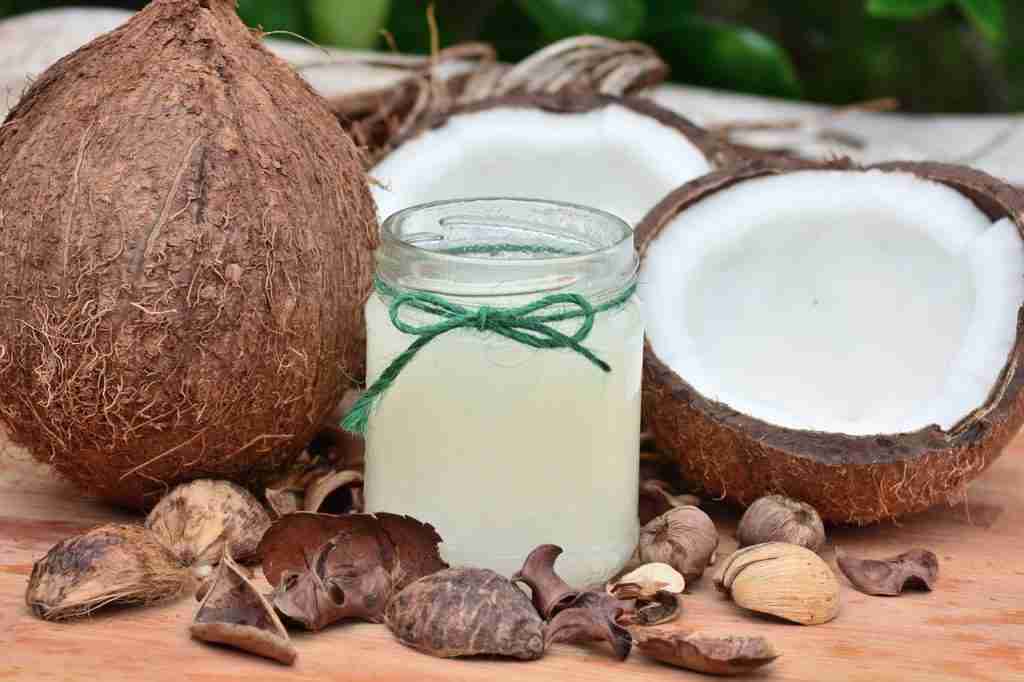
Coconut water, comprising around 94% water, is a refreshing and hydrating beverage enjoyed worldwide. With approximately 46 calories per cup, it serves as a low-calorie option for those seeking a flavorful alternative to sugary drinks.
Interestingly, a single cup of 100% coconut water (240g) supplies 44 calories, with 75% derived from carbohydrates, 15% from protein, and 10% from fat. This nutritional breakdown underscores coconut water’s balanced composition, making it an appealing choice for individuals mindful of their calorie intake and macronutrient distribution.
9. About 2.5% of injuries at Papua New Guinea’s Provincial Hospital were attributed to falling coconuts.
In Papua New Guinea’s Milne Bay Province, the Provincial Hospital in Alotau reported that 2.5% of trauma admissions were linked to falling coconuts, according to a four-year review.
These incidents resulted in injuries to the head, back, and shoulders, with mature coconut palms towering between 24 to 35 meters and unhusked coconuts weighing between 1 to 4 kilograms.
Such falls can exert forces exceeding 1 metric ton upon impact, leading to severe injuries. The hospital recorded four cases of head injuries caused by falling coconuts, two of which required craniotomy, while the other two unfortunate victims succumbed instantly to the impact in their village.
10. Coconuts were used as currency.
Coconuts served as the primary currency on Car Nicobar, an island between India and Thailand. They were vital for sustenance and were traded for essential goods like tobacco and clothing. Despite attempts to introduce silver coins, coconuts remained the preferred medium of exchange due to their intrinsic value and cultural significance.
The island’s economy revolved around coconuts, with seven terms describing their different stages of development. Throughout fluctuations in exchange rates, coconuts remained a stable form of currency, deeply ingrained in daily life.
11. Coconuts have a natural sunscreen.
Coconuts naturally provide sunscreen protection, making them a valuable resource for skincare. Rich in antioxidants and medium-chain fatty acids, coconut oil offers a gentle and effective way to shield the skin from harmful UV rays.
Coconut oil’s natural SPF properties help prevent sunburn and skin damage while moisturizing and nourishing the skin. Additionally, its anti-inflammatory properties can soothe sun-exposed skin, making it an ideal choice for sun protection and after-sun care.
12. Coconut water is a natural sports drink.
Coconut water stands out as a natural sports drink, offering hydration and replenishment after physical exertion. Packed with potassium, magnesium, and sodium electrolytes, it helps restore hydration levels and replace lost minerals.
Its low sugar content makes it healthier than traditional sports drinks, providing a refreshing and nutritious alternative.
Coconut water is ideal for post-exercise recovery or hydration during intense activities. It supports overall well-being and helps maintain electrolyte balance.
13. In World War II, the Japanese used coconut grenades, filling coconuts with grenades and other items to throw at enemies.
During World War II, the Japanese ingeniously utilized coconuts as weapons, crafting grenades and mines from these tropical fruits. In the Philippines, Japanese soldiers emptied coconuts, filling them with explosive acid and hand grenades, effectively creating improvised bombs.
These coconut grenades served dual purposes, either as hidden mines or projectiles hurled directly at enemy forces. This innovative use of natural resources demonstrated the adaptability and resourcefulness of wartime tactics.
14. A coconut palm can bear fruit for 15 to 60 years when fully productive.
When fully productive, a coconut palm can yield fruit for a remarkable span of 15 to 60 years. This prolonged fruit-bearing period underscores the longevity and sustainability of coconut cultivation.
Throughout its productive lifespan, a single palm can generate an abundant supply of coconuts, contributing to the economic viability of coconut farming.
15. Over 1,300 varieties of coconut originate from two genetic sources: the Pacific and the Indian Ocean.
More than 1,300 distinct coconut varieties trace their origins back to two primary genetic sources: the Pacific and the Indian Ocean. These diverse genetic lineages give rise to a wide array of coconut cultivars, each with unique characteristics.
From the tropical islands of the Pacific to the coastal regions bordering the Indian Ocean, coconuts have evolved into numerous distinct varieties adapted to their respective environments.
16. Coconuts are important in Hindu culture.

Coconuts play a vital role in Hindu culture, symbolizing purity, spiritual value, and physical nourishment. Revered as the “fruit of the Gods,” they hold significance in religious ceremonies and rituals, embodying blessings for happiness and prosperity.
Beyond their symbolic importance, coconuts offer practical benefits, with their versatile husks utilized to create long-lasting products.
17. Coconut water can be used as a natural hangover cure.
Coconut water, celebrated for its hydrating properties, is emerging as a natural remedy for hangovers. Packed with electrolytes like potassium and magnesium, it aids in rehydration and replenishes lost nutrients after alcohol consumption.
Coconut water’s high water content helps flush out toxins from the body, easing symptoms of dehydration and nausea. With its natural sugars and vitamins, coconut water provides a gentle energy boost, alleviating fatigue and promoting recovery.
18. Coconuts can be used to make musical instruments.
Beyond their culinary and ornamental uses, Coconuts serve as versatile materials for crafting musical instruments across various cultures.
From the Caribbean steel pan to the traditional Indonesian “Gamelan” instruments, coconuts feature prominently in the construction of percussion instruments, resonating with unique timbres and tones.
Additionally, the dried shells of coconuts can be hollowed out and fitted with strings or used as resonators for stringed instruments like the “ukulele” or “kutiyapi” in Filipino culture.
Coconut shells can be carved and turned into a variety of musical instruments, including drums, maracas, and ukuleles.
19. The flowers of a coconut tree can be used to make a type of alcohol called palm wine.
The flowers of a coconut tree can be harvested to make palm wine, a type of alcoholic drink popular in many tropical regions.
The sap is collected from the flowers and fermented for a few hours to produce the drink. Palm wine is often consumed fresh and has a sweet, slightly sour taste.
It is also used in some traditional medicines for its purported health benefits.
20. In 2011, Ho Eng Hui achieved a world record in Milan by piercing 4 coconuts in just 12.15 seconds.
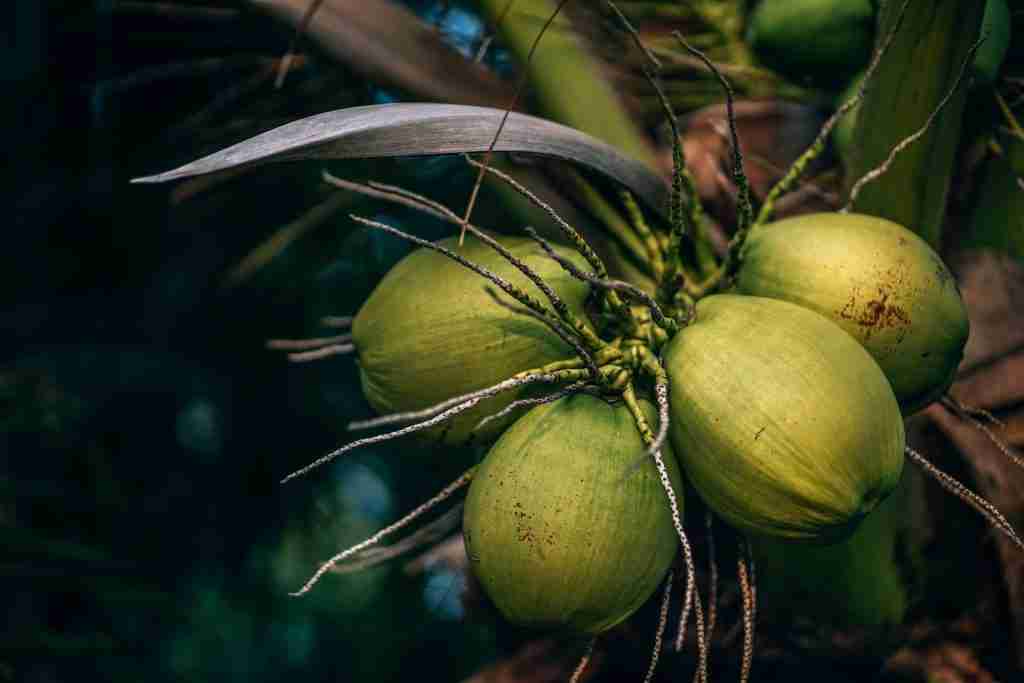
Ho Eng Hui’s extraordinary feat in Milan, Spain, in 2011 left spectators in awe as he shattered four coconuts in a mere 12.15 seconds, showcasing unparalleled skill and precision. Renowned for his mastery of martial arts, this Johor native demonstrated remarkable agility and strength by effortlessly piercing through the tough coconut shells using only one finger.
Hui’s remarkable achievement solidified his status as a legend in the world of martial arts, earning him widespread acclaim for his unparalleled talent and unparalleled physical prowess.
21. Over the centuries, people, including Kiribati islanders, have used coconut fibers to craft durable armor.
Throughout history, various cultures, such as the Kiribati islanders, have ingeniously utilized coconut fibers to fashion robust armor. These fibers, extracted from the outer husk of coconuts, were woven together to create protective gear.
Islanders and warriors alike valued this armor for its durability and resilience. By repurposing natural materials, they crafted armor capable of providing essential protection in battle. The innovative use of coconut fibers highlights the resourcefulness and adaptability of ancient civilizations.
22. The milk from a mature coconut is used to make coconut cream, a popular ingredient in many desserts.
Coconut cream is a thick, creamy substance made from the meat of mature coconuts.
It is commonly used in desserts such as cakes, pies, and puddings and is a staple ingredient in many Southeast Asian cuisines.
It is also a popular ingredient in vegan and dairy-free recipes as a substitute for heavy cream or whipped cream.
23. Coconut oil is solid at room temperature but becomes liquid when heated.
Coconut oil is unique in that it is solid at room temperature but melts when heated.
This makes it a versatile ingredient in cooking and baking, as it can substitute for solid fats like butter or shortening.
It can also be used in raw food recipes like energy balls or raw vegan desserts.
24. Coconuts can be used to make biofuel.
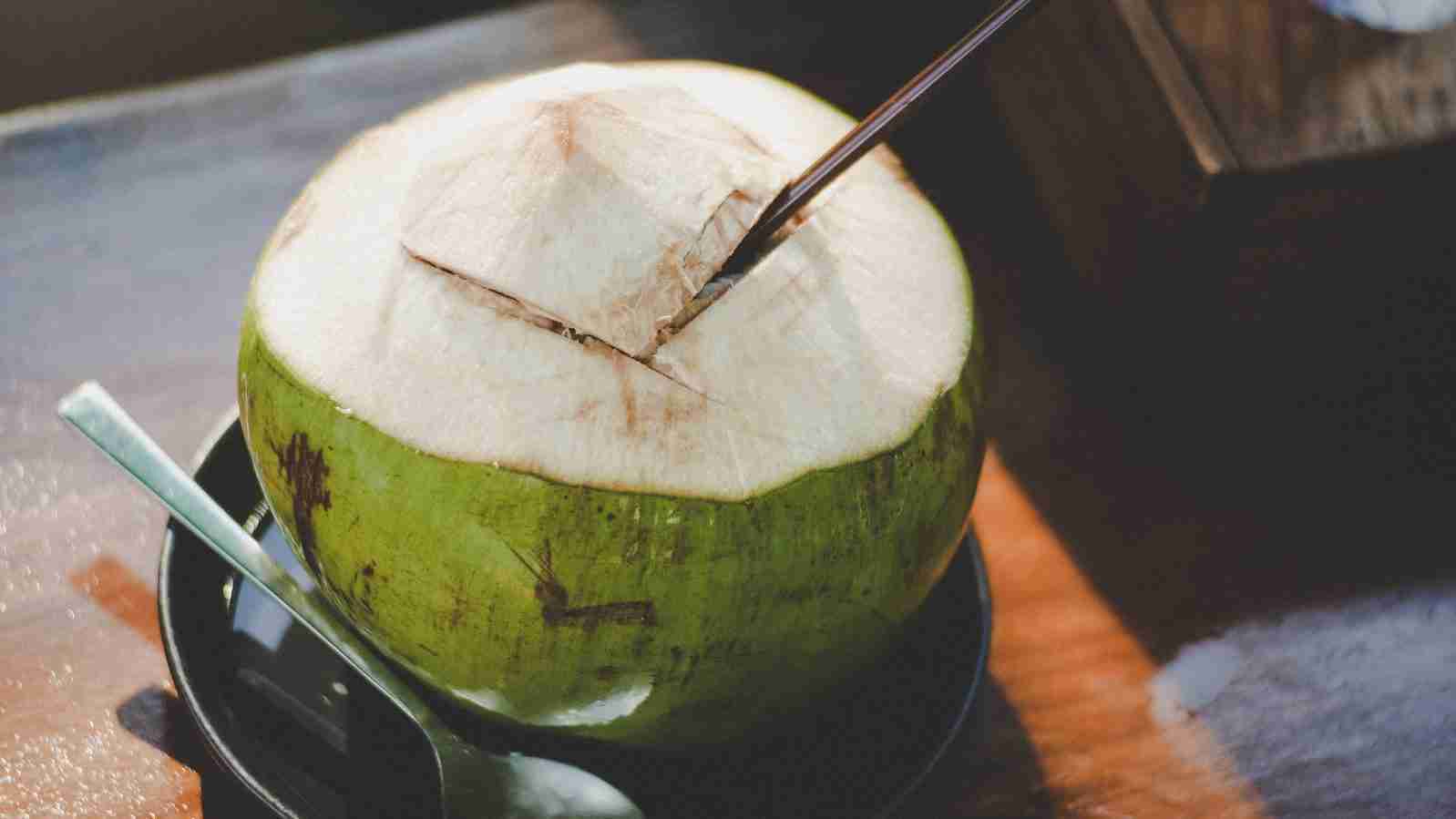
Coconuts can be used to make biofuel, a renewable energy source for cars and other vehicles.
The oil extracted from the meat of coconuts can be converted into biodiesel, a clean-burning fuel that produces less carbon emissions than traditional fossil fuels.
This makes coconut biofuel a sustainable alternative to traditional fuels.
25. The white flesh inside a coconut is rich in antioxidants.
The creamy white flesh found inside a coconut is abundant in antioxidants, which play a vital role in combating oxidative stress and protecting cells from damage. These antioxidants help neutralize harmful free radicals in the body, promoting overall health and well-being.
Incorporating coconut flesh into your diet can contribute to a healthier immune system and may reduce the risk of chronic diseases. Additionally, the high antioxidant content of coconut flesh supports skin health, promoting a youthful and radiant complexion.
FAQS
Consuming around 40 grams of uncooked coconut per day is generally considered acceptable, as it provides various nutrients without significantly affecting cholesterol levels. However, when coconut is grated and its milk is extracted and boiled, its cholesterol content may increase. The same principle applies to coconut dry kernel; while it may enhance the taste of certain foods, excessive consumption may not be advisable for health due to its potential impact on cholesterol levels.
Coconut offers several potential medicinal benefits due to its various components:
1: Antioxidant Properties: The white flesh of coconut contains antioxidants, which can help neutralize harmful free radicals in the body, potentially reducing the risk of chronic diseases.
2: Hydration and Electrolyte Balance: Coconut water is rich in electrolytes such as potassium, magnesium, and sodium, making it a natural way to rehydrate and replenish electrolytes after physical activity or illness.
3: Digestive Health: Coconut contains dietary fiber, which can support digestive health by promoting regularity and preventing constipation.
4: Heart Health: Some research suggests that the medium-chain fatty acids (MCFAs) found in coconut oil may have positive effects on heart health by raising levels of beneficial HDL cholesterol and improving the ratio of HDL to LDL cholesterol.
5: Skin and Hair Care: Coconut oil is widely used in skincare and haircare products due to its moisturizing and nourishing properties. It may help soothe dry skin, reduce inflammation, and promote healthy hair growth.
The best time to eat coconut depends on individual preferences and dietary habits. However, consuming raw coconut before bedtime offers potential benefits for heart health. The fats present in coconut can help improve levels of good cholesterol in the body, reducing the risk of heart-related problems. Enjoying coconut as a nighttime snack may contribute to overall heart health, but balancing coconut consumption with a varied and nutritious diet is essential.
Eating raw coconut is relatively simple. Here’s a basic guide:
1: Crack open the coconut: Use a heavy knife or a cleaver to crack open the coconut carefully. You can strike the coconut along its circumference to create a crack. Be cautious to avoid injuring yourself.
2: Extract the flesh: Once the coconut is cracked open, use a spoon or a coconut scraper to separate the white flesh from the shell. The flesh may adhere to the shell, so gently pry it away.
3: Rinse (optional): You can rinse the coconut flesh under cold water to remove any shell particles or debris.
4: Slice or shred: Depending on your preference, you can slice the coconut flesh into small pieces or shred it using a grater.
5: Enjoy: Once prepared, you can enjoy the raw coconut flesh as a snack on its own, add it to smoothies and salads, or incorporate it into various recipes for added flavor and texture.
Remember to store any leftover coconut flesh in an airtight container in the refrigerator to maintain its freshness.
Coconut is classified as a fruit, specifically a drupe fruit. Despite its name, it’s not a nut. The coconut fruit consists of three layers: the exocarp (outer layer), the mesocarp (fibrous husk), and the endocarp (hard shell enclosing the seed). Inside the hard shell is the seed, commonly called the coconut meat or kernel. So, while the seed is inside, the coconut itself is considered a fruit.

